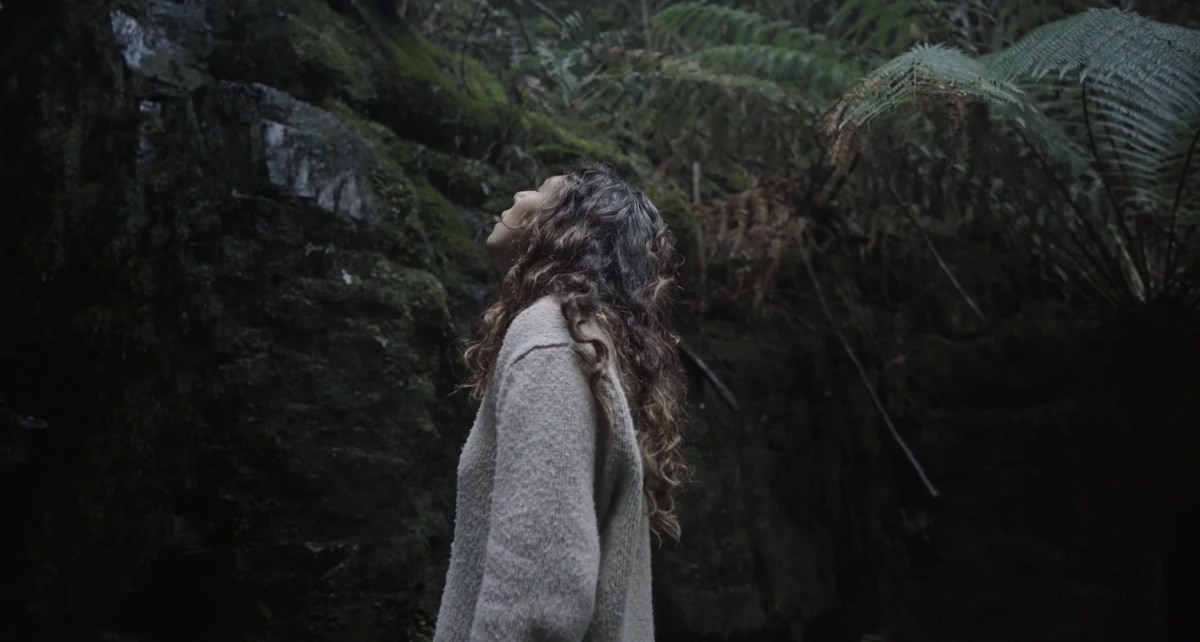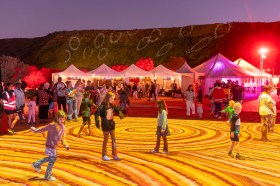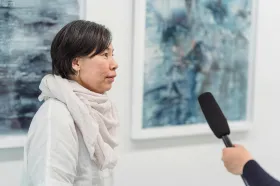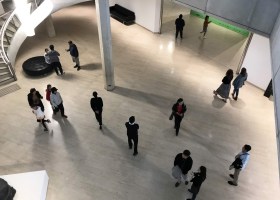In a cultural moment still reeling from burnout, grief and digital fatigue, a new kind of artistic journey is taking shape: pleasure pilgrimages. These aren’t your average gallery crawls or wellness retreats. Instead, they are immersive, multisensory experiences – part ritual, part rave, part performance – where art becomes a conduit for collective joy, sensual reconnection and spiritual inquiry.
Whether it’s a First Nations light installation under desert stars, a barefoot ceremony on Tasmanian soil or an ecstatic art walk through European cities, the concept of pleasure pilgrimages is gaining traction among artists and audiences alike. These experiences don’t just inspire – they transform.






